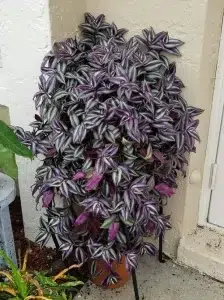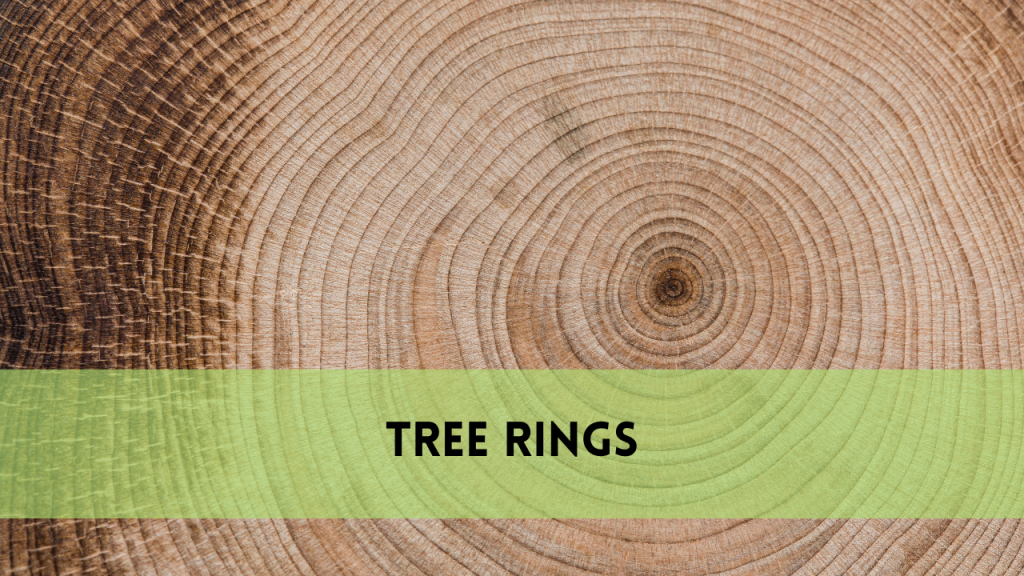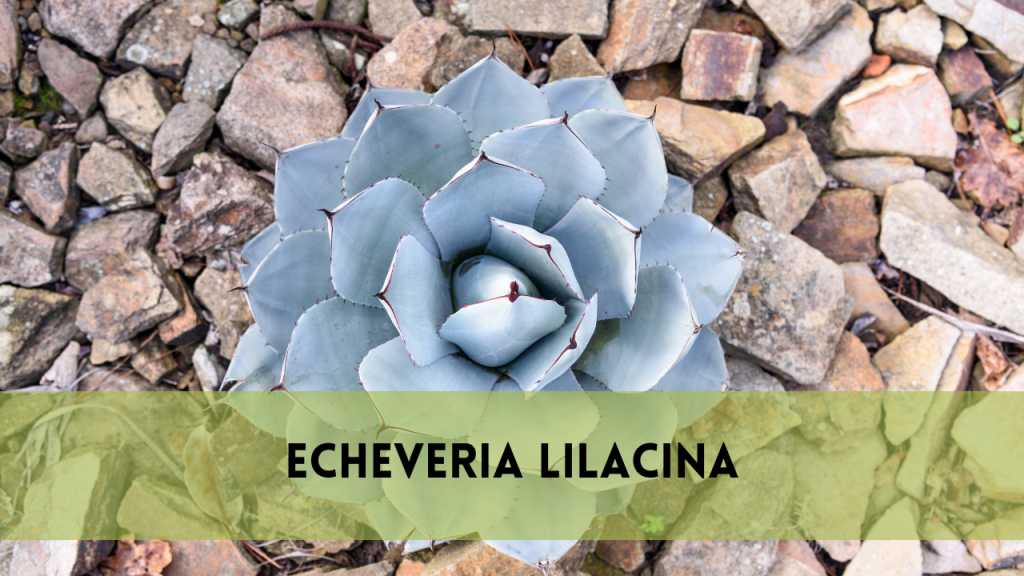Arrowhead plant growth patterns
The Arrowhead Plant (Syngonium podophyllum), sometimes known as the Arrowhead Vine, is a popular houseplant recognized for its distinctive, arrow-shaped leaves and adaptable growth patterns. This plant is native to the tropical rainforests of Central and South America and thrives in damp, warm settings. It is popular among both novice and professional gardeners because of its gorgeous foliage and ease of maintenance.
Leaf morphology and growth patterns
The arrowhead-shaped leaves of the Arrowhead Plant range in color from bright green to variegated shades of white, cream, and pink. As the plant ages, its leaves may become more lobed and complex. This transition is aesthetically beautiful. It reflects the plant’s health and maturity.
Growth Habit
Syngonium podophyllum has varied growth habits, thriving as a climbing vine and a bushy plant. When provided support, such as a trellis or moss pole, the plant climbs, displaying its aerial roots and larger, more mature leaves. Alternatively, when trimmed regularly, it retains a more compact, bushy shape, making it suited for various indoor settings.
Optimal growing conditions
Lighting requirements
The Arrowhead Plant enjoys bright, indirect light but can withstand dim lighting, making it suitable for various indoor spaces. Avoid direct sunlight, which can scorch the leaves, leading to unsightly brown blotches and poor overall health.
Temperature, humidity
The Arrowhead Plant is native to tropical areas and thrives from 60 to 75 degrees Fahrenheit (15 to 24 degrees Celsius). Protecting the plant from drafts and temperature fluctuations is critical. High humidity levels, characteristic of its natural habitat, are optimal. Regular spraying or using a humidity tray can help keep the air surrounding the plant moist.
Soil and potting mix
The Arrowhead Plant needs a well-drained potting mix to thrive. A mixture of peat moss, perlite, and orchid bark offers an excellent atmosphere that retains moisture while allowing air circulation. Keeping the soil moist but not soggy can avoid root rot and promote vigorous development.
Watering and fertilization
Watering practices
Watering is an important part of Arrowhead Plant care. Keep the soil regularly moist but not saturated. Overwatering can cause root rot, while underwatering causes the leaves to droop and brown at the edges. A consistent watering regimen, adjusted for seasonal fluctuations, will help to maintain appropriate soil moisture levels.
Fertilization
During the growing season (spring and summer), apply a balanced, water-soluble fertilizer to the Arrowhead Plant every four to six weeks to promote healthy growth and vivid leaves. Reducing fertilizer frequency in the fall and winter, when plant development slows, helps to prevent nutrient accumulation and subsequent root burn.
Pruning and maintaining
Pruning techniques
Regular pruning helps to keep the arrowhead plant in its proper form and size. Remove leggy growth, spent leaves, and damaged areas to promote bushier growth and keep the plant from becoming disorderly. Using clean, sharp scissors or pruning shears reduces the likelihood of disease spreading.
Propagation Methods
The Arrowhead Plant is easy to reproduce, making it an excellent choice for growing an interior garden or sharing with friends. The most popular procedures are stem cuttings and divisions.
Stem cuttings
Choose a Healthy Stem: Choose a stem with at least one or two nodes (the locations where leaves connect).
Cut down a node. Use clean scissors to cut right below a node.
Place in Water or Soil: You can either immerse the cutting in water until roots form, or you can plant it directly in a well-drained potting mix.
Provide proper care. Keep the cuttings in a warm, humid area with bright, indirect light until the roots form.
Division
Remove the plant from the pot and gently remove it from its container.
Divide the Root Ball: Carefully divide the root ball into sections, ensuring that each section contains sufficient roots and leaves.
Repot each section: Fill each division’s pot with fresh potting soil and water thoroughly.
Common Pests and Problems
Pest Management
Common houseplant pests such as spider mites, aphids, and mealybugs periodically attack the relatively pest-resistant Arrowhead Plant. Regular plant inspections and humidity control can help prevent infestations.
Spider mites are tiny web-spinning bugs that create stippled yellow leaves.
Treatment: Clean the leaves with a moist cloth and apply insecticidal soap or neem oil.
Aphids are small, sap-sucking insects that live in fresh growth.
Treatment: Spray with a solution of water and mild soap, or use insecticide soap.
Identify mealybugs by their cotton-like clumps on stems and leaf joints.
Treatment: Manually remove with a cotton swab soaked in alcohol or apply neem oil.
Disease Prevention
Overwatering or poor drainage are the leading causes of root rot, the most prevalent disease affecting Arrowhead plants. Regular watering techniques and a well-drained soil mix can prevent this issue. Excessive dampness of the leaves can also lead to leaf spot infections; avoid overhead watering and ensure proper ventilation.
Decorative Applications and Benefits
The Arrowhead Plant is not only a gorgeous addition to any indoor environment, but it also provides various advantages:
Aesthetic appeal
Its dense, bright foliage brings greenery and life to homes and offices. The plant’s capacity to adapt to changing lighting conditions makes it suitable for adorning various rooms.
Air Purification
Syngonium podophyllum is known for filtering the air by removing pollutants like formaldehyde, benzene, and xylene. This makes it a great option for enhancing indoor air quality.
Low maintenance
The Arrowhead Plant’s forgiving nature and low maintenance requirements are ideal for busy people or those new to houseplant care. Its ability to thrive in various environments ensures that it stays healthy with little effort.
Common Issues: Troubleshooting
Yellow leaves
Yellow leaves might indicate overwatering, underwatering, or nutrient deficits. Review your watering schedule and ensure the plant is not soaking in water. If the problem persists, try changing your fertilization schedule or looking for root rot.
Brown leaves
Low humidity, underwatering, and extra fertilizer salts frequently cause brown tips. Mist the plant regularly or use a humidity tray to increase the humidity surrounding it. Water the soil regularly and consider flushing it to eliminate extra salts.
Dropped leaf
If your Arrowhead Plant is losing leaves, it could be due to a rapid change in temperature, drafts, or inadequate irrigation. Keep the plant away from chilly breezes and rapid temperature swings. Adjust your watering schedule to keep soil moisture consistent.
Related Posts:
FAQS
-
How Frequently Should I Water My Arrowhead Plant?
The Arrowhead Plant’s watering frequency varies depending on the season and environment. Water is generally used when the top inch of soil is dry to the touch. During the growing season (spring and summer), this could be once every week. In the fall and winter, water your plants once every two weeks. To avoid root rot, always ensure that the pot has proper drainage.
-
Can arrowhead plants grow outdoors?
You can cultivate the Arrowhead Plant outdoors in USDA hardiness zones 10 to 12. It prefers shaded or semi-shaded locations with high humidity. If you reside in a cooler region, you can take the plant outside during the warmer months and bring it inside when the temperature falls below 60 °F (15 °C).
-
What are the indicators of overwatering?
Overwatering the Arrowhead Plant can cause yellowing leaves, mushy stems, and rot. If you see these indicators, lower your watering frequency, check the soil for moisture before watering again, and ensure the pot has enough drainage. if root rot has developed, you may need to repot the plant in new, well-drained soil
-
How do I encourage bushier growth?
Regular pruning will help your arrowhead plant grow bushier. Trim leggy stems to just above a node (where the leaves connect to the stem). This will promote new growth in the trimmed region. Pinching back the tips of new development can also help to make the plant fuller and more compact.
-
Is the Arrowhead plant toxic for pets?
Yes, the Arrowhead Plant is hazardous to pets if consumed. In cats and dogs, calcium oxalate crystals can irritate the mouth, cause drooling, and make swallowing difficult. If you have pets at home, keep the plant out of their reach, or buy pet-safe plants.
Conclusion
The Arrowhead Plant (Syngonium podophyllum) is an extraordinary houseplant known for its unusual, arrow-shaped leaves and adaptability. It thrives in various indoor conditions, bringing a touch of tropical elegance to homes and businesses. It is suitable for both novice and seasoned plant enthusiasts. You can keep your Arrowhead Plant healthy and vibrant by giving it the proper care, which includes bright, indirect light, constant watering, and high humidity. Its ability to grow as a climbing vine or bushy plant gives it adaptability, making it ideal for aesthetic tastes and environments.




